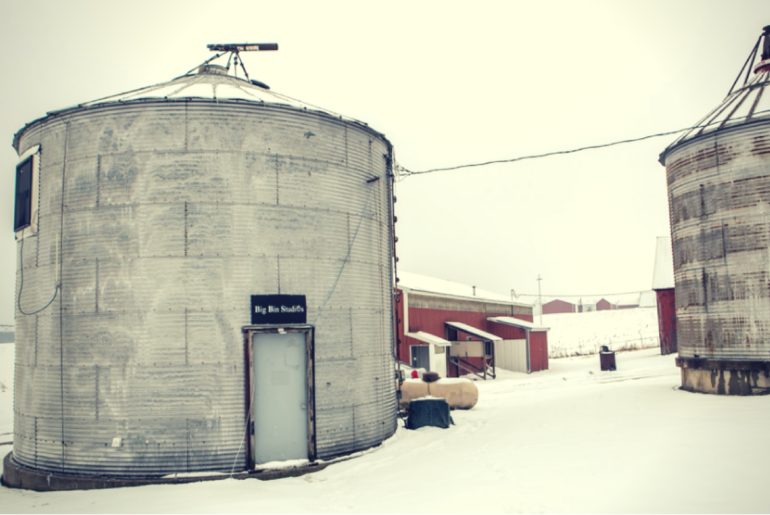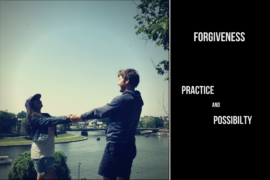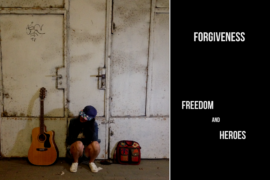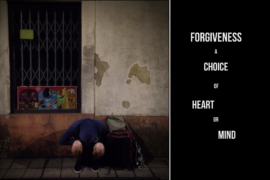Some may only see an antiquated, small (by today’s standard) steel grain bin on an old farm in rural Michigan. Maybe the only future for this bin is at the steel recyclers? These old grain bins are often recycled into new steel, but this one became Big Bin Studios.
It was during my high school years that I took an interest in sound engineering and recording. When I was 19, I decided to study abroad in Ireland(I will write a post about this in the future as well). I returned from my studies with a plan to build a professional recording studio, but I didn’t have enough money to rent a commercial space and buy all the gear I needed. I started looking at alternatives and the old empty grain bin in the middle of the farm came to mind!
Construction begins
The bin was only exterior steel shell 25′ in diameter and a cement floor. I knew its days of usefulness for storing grain were behind it so I borrowed a torch and started cutting a hole for a door in the side. That choice started a 3yr construction project and my challenge to see this structure, not as it was, but rather for what it could be.
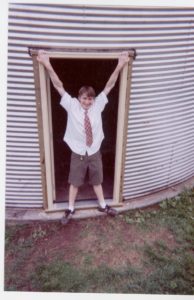
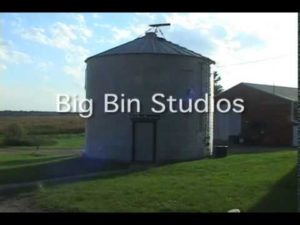
Step by step, the staircase was built. Wire was pulled through the walls and scaffold was brought in to hang drywall on the ascending cathedral ceilings. Next, paint, carpeting, heating and cooling and finally sound and office equipment were installed.
A skylight filled the space where the grain used to pour in.
I read many books during this time about construction. A very helpful book was “How to build a small budget recording studio from Scratch”. Click HERE for a link. This book, among others, gave me a variety of tips on soundproofing techniques, acoustic panel construction and wiring methods. Family and friends and plenty of “sweat equity” helped complete Big Bin in appx. 3 years. Since then many locals artists have recorded their albums here with me. Since it’s construction, this unique office and recording space has been featured in many newspapers across the USA.
Things are not always as they seem
In those days there was no book written on how to transform a grain bin into a usable workspace. (I see these guys offer plans HERE, though.) Looking back, I was reminded how important it is to not limit myself and only FOLLOW what someone else has already done. I need to keep my eyes open to resources I already have in front of me even if it means using those situations or objects in an unconventional way and dreaming beyond what others have already seen.
I’d love to hear what you guys think of this place, or if there are any questions. Let me know about some steps you may have taken to use a situation or thing in an unconventional way? Post in the comments below.

